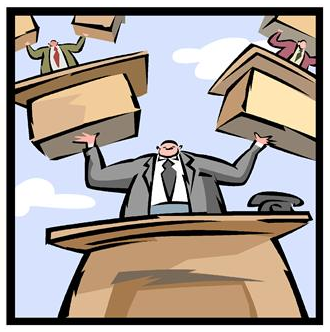Working Successfully with eDiscovery and Litigation Support Service Providers: Preventing Quality Problems

In the past few posts in this series, we’ve discussed ways to minimize the possibility of problems with costs and meeting deadlines. There are also steps you can take to increase the likelihood of high quality work that will meet your expectations.
It starts when you are evaluating and selecting a vendor. Based on your review of a vendor’s qualifications, procedures and technology, along with feedback you’ve received from references, make sure you select a vendor that is likely to do high quality work and that has a good track record.
Once a project is underway, look at the vendor’s work to ensure it meets your expectations. This is especially important with work that is labor-intensive. In fact, there are three levels of quality control that you should be doing:
- A review of initial work done by each staff member: As staff members finish initial batches of work, look at it right away and verify that it is correct. This way, mistakes made because someone misunderstood instructions can be cleared up very quickly, before a lot of work is done that will need to be re-done.
- Ongoing QC of work throughout the project: Even if everyone on the staff knows how to do the work, that doesn’t mean they will do it right all the time. Mistakes are inevitable and work should be spot-checked throughout a project to ensure that errors are kept to a minimum. It’s a good idea to have project staff dedicated to doing on-going quality control reviews.
- Random sampling done by senior litigation team members: In addition to routine quality control done by project staff members, its always a good idea to ask senior members of the litigation team to periodically look at a sampling of the work, to ensure that stakeholder expectations are in sync with the work of the project staff.
What steps do you take to ensure high quality work from a vendor with which you are working? Please share any comments you might have and let us know if you’d like to know more about an eDiscovery topic.








